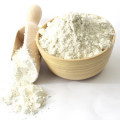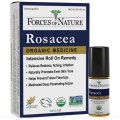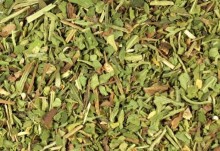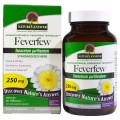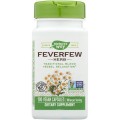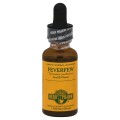 Loading... Please wait...
Loading... Please wait...- Home
- About Us
- Shipping, Returns & FAQ's
- Contact Us
-
For Your Information
- Canadian Customers Have a Choice if Shipping Via UPS
- Aura Cacia Homemade Aromatherapy Recipes
- Bella Nella Altered Art & Paper Crafts Blog
- Forms of Herbal Preparations
- Laundry Tips To Conserve Energy Blog from The Laundress
- The Story of Frontier Natural Products Co-Op
- Sovereign Silver Hydrosol and Aloe Protocol Stops Downward Spiral of Gut Dysbiosis
- Disclaimers
- Recommended Links
- RSS/Recent News
- The Story of Typhoon Housewares
- Reviews/Testimonials
- Raw Ingredients for Mfg
Feverfew Herb Bulk
Product Description
Feverfew is a perennial in the daisy family originally native to Europe but now naturalized and cultivated throughout the world, including much of North America. Because feverfew is commonly grown in kitchen herb gardens and as an ornamental, its prolific appearance across the natural landscape demonstrates the ease with which it can escape cultivation unless confined.The herb's common name is adapted from the Latin febrifugia, which means "fever reducer." Due to a type of terpene called parthenolide, feverfew is primarily viewed today as a prophylaxis of chronic migraine. Be aware, however, that suddenly ceasing the intake of this herb after long-term use often results in a rebound effect that produces symptoms worse than before.
Mild and pleasant tasting. Combine with chamomile, catnip, mint and similar herbs in tea blends.
Active Compounds: Sesquiterpene Lactones, Camphor, Alpha-pinene
| Cosmetic: | Use in poultice powders, infused oils, liniments and other topical preparations. | |
| Culinary: | Makes a pleasant tea. May also be tinctured, made into syrup or encapsulated as a dietary supplement. | |
| Safety: | The fresh leaves of feverfew can cause ulcers in the mouth. Do not take feverfew if you're taking another type of blood-thinner. Pregnant women should not take feverfew. Consult your health care provider before beginning use of any herb. |
Botanical Name: Tanacetum parthenium
aka: featherfew
Origin: USA
Notes: Approximate 7 cups per lb. Aerial parts used. Kosher Certified. Non-irradiated. Non-GMO.
Specifications are subject to change without notice.
* FDA disclaimer http://www.myworldhut.com/pages/Disclaimers.html
You Recently Viewed...
Currency Converter
Choose a currency below to display product prices in the selected currency.




